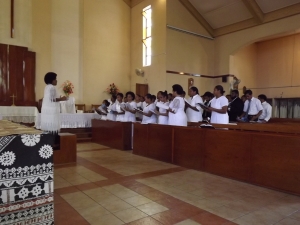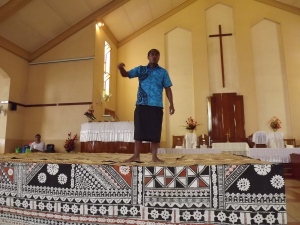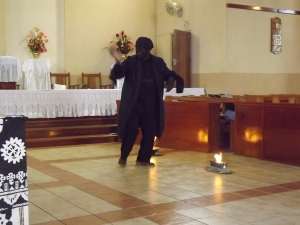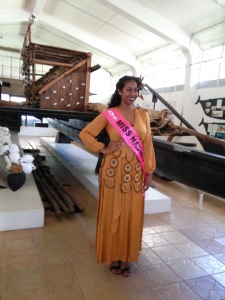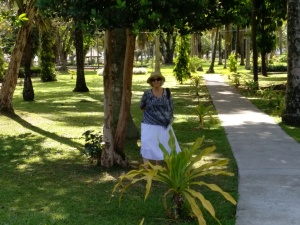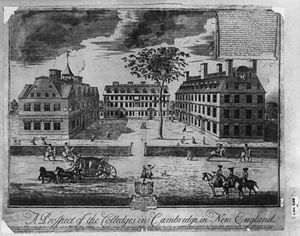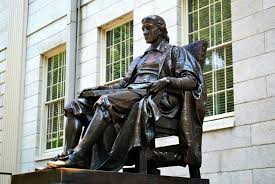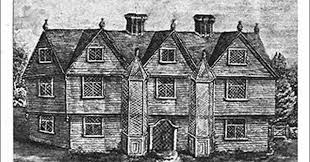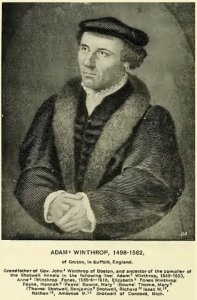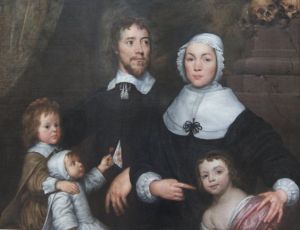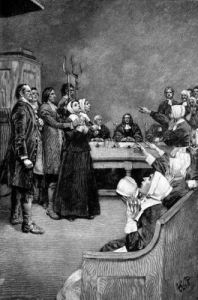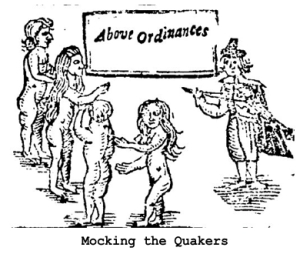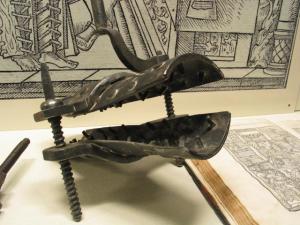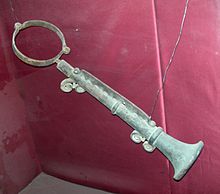By Donna Gawell

We all know the gospel stories about Jesus’ birth but wonder about the years after his family returned to Nazareth from Egypt. Ever since his death, people have been interested in Jesus’ background, especially details from his first thirty years on Earth. There are ancient texts, such as the Infancy Gospel of Thomas, that serious students of history and Christianity are encouraged to ignore, and for good reason. Stories in this Gospel show the young Jesus as precocious and vengeful at times. One of this gospel’s earliest stories tells of a child who spills water collected by the infant Jesus. Rather than showing Jesus’ compassion and mercy so familiar in canonical Scripture, young Jesus strikes the child down, killing him with his supernatural powers. Jesus later kills another child in the same way, simply because he bumped into him. It is safe to conclude that this Infancy Gospel of Thomas was heresy.
Early believers were as curious as we are today and, like us, tend to fill in missing details if few are provided to us. This desire can lead to heretical teachings, a curse during the early years of church history. With the possibility of corrupting the doctrine of Jesus’ history, church leaders have encouraged us not to explore the years before Jesus initiated his ministry at age thirty. So, we are left with our images of the infant Jesus and Jesus at age thirty, with just a brief cameo at the Temple at age twelve.
Indeed, nothing has been discovered that can give a definite answer to our questions. However, hundreds of ancient historical texts have been discovered over the past hundred years. They can help us understand what a typical Jewish boy from the Galilee might have experienced. Historians can look at these extra-Biblical writings for the history of the educational system during Jesus’ time.
This pursuit can be likened to explaining what a young child in today’s America might experience. Although there are some variants, such as homeschooling and special needs, most American children attend preschool, kindergarten, elementary, middle, and then high school. Graduation points young people to college, a trade school, or employment in jobs not requiring advanced degrees or training. This line of thinking is also valid as we wonder about the educational system in Jesus’ time. Considering Jesus was raised in a traditional Jewish family in the Galilee, his education was likely similar to other boys his age.
The Galilee
The region around the Sea of Galilee has often been incorrectly viewed as home to a simple, uneducated group of people who were rustic and backward. Biblical quotes such as the one from the disciple Nathanael said, “Nazareth! Can anything good come from there?” (John 1:46.) Nathanael’s comment probably said more of the speaker’s ignorance or boisterous comparison than the truth. Nazareth was a smaller village compared to Cana, Nathanael’s birthplace, but that didn’t mean that the population was uneducated.
Ancient Jewish texts and recent archeology finds give us unprecedented insight into Jesus’ world. Historians tell us that the Galileans were the most religious Jews in the world at the time of Jesus. In Acts 2:7-8, people seemed amazed that Galileans could speak and understand other languages. Some may not have realized that Galileans interacted with travelers and merchants from other regions. They lived on an international trade route or “the way of the sea,” compared to Jews in Jerusalem, who lived in a more isolated, mountainous region. They were also able to resist the pagan cultures of Hellenism more than the Jews in Judea.
Galileans were more educated in the Torah than most Jews throughout the ancient Middle East. More famous rabbis came from Galilee than anywhere else in the world. Every village, even very small ones, had a synagogue, rabbis, and other teachers to immerse the population in rigorous instruction. Recent archeological research has uncovered numerous ancient synagogues from 200 BC until after the destruction of Jerusalem. A first-century synagogue has been discovered, most likely the one Jesus preached at. Its black basalt stones sit under the newer white synagogue built around 400-500 AD.
The education system in the Galilee
Readers of the Gospels can easily discern Jesus was an exceptionally talented teacher. When asked how Jesus gained such advanced knowledge of the scriptures, many Christians assume it was because He was truly God and already knew everything. It is possible Jesus was supernaturally gifted above all others. Still, it is doubtful that members of the Sanhedrin would have “grandfathered” an unschooled Galilean with the title of Rabbi. Also, Jesus never took the “supernatural” way out to meet his own needs. He slept, ate, rested, and suffered just like any other human and likely learned Scripture in the same manner as his peers.
In the Gospels, Jesus was called “Rabbi” by six different groups: His disciples, a lawyer, a rich man, a Pharisee, a Sadducee, and “those in the crowd.” Rabbis were products of an established educational system dictated by Jewish authorities. To discover how someone would become a Rabbi in Jesus’ day, we must look at the lifestyle and educational system that would have produced them.
Jesus lived in a deeply religious culture that highly valued biblical understanding. Rabbis were greatly respected, and to be a disciple of a famous rabbi was an honor. Rabbis were expected not only to have a vast knowledge of the Bible but to show through their exemplary lives how to live by the Scriptures. Their disciple’s goal was to gain the Rabbi’s knowledge, but even more importantly, to become like him in character. It was expected that when the disciple became mature, he would take his Rabbi’s teaching to the community, add his own understanding, and raise up disciples of his own
Early Training: The Home
The heart of all Jewish education was the home. Although both parents shared in this task, the father bore the main responsibility for the instruction of the children. The Talmud states, “The father is bound in respect of his son to circumcise….teach him Torah, take a wife for him, and teach him a craft” (Kiddushin 29a). The foundation for Jesus’ education would have definitely been from Joseph, in addition to the guidance of his heavenly Father.
Three Stages of Education During Jesus’ Time: Bet Sefer, Bet Talmud, and Bet Midrash
Each stage included a specific age group of Jewish boys (girls participated in Bet Sefer, although among different authors, there is a disagreement regarding at what age children participated in which stage of education) and selected content of education that participants should master. Also, each stage had its own specific methodology of learning.
First Schools: Beth Sefer
Schools were associated with the local synagogue in first-century Galilee. Apparently, each community would hire a teacher (respectfully called “rabbi”) for the school. While this teacher was responsible for the education of the village, he had no special authority in the synagogue itself.
Children began their study at age five in Beth Sefer, meaning “House of the Book.” These schools started around 100 B.C. Most scholars believe both boys and girls attended the class in the synagogue. The teaching focused primarily on the Torah, emphasizing reading, writing, and memorizing Scripture. Large portions were memorized, and many students likely knew the entire Torah (the first five books of the Old Testament) by memory by the time this level of education was finished.
Education for most students (and certainly the girls) ended at about age ten when they stayed at home to help with the family. Boys were to learn the family trade and girls from their mothers. At this point, a boy would participate in his first Passover in Jerusalem. This ceremony probably forms the background of today’s bar mitzvah in orthodox Jewish families.
Bet Talmud – “House of Learning” (Ages 10-14 years)
Young men who were really the best of the best among them were allowed to continue in school in something called “Bet Talmud.” Here, they studied and memorized all of the Hebrew Scriptures (Our Old Testament). Students also learned the Jewish art of questions and answers during this time. Instead of answering with an answer, they were taught to answer with another question. In this way, students demonstrated their knowledge and great regard for the Scriptures. They were instructed to always be curious about the Scriptures. Rigorous debates and discussions were part of synagogue life.
Jesus’ excellent questions for the teachers in the Temple at his first Passover demonstrated his exceptionalism in his knowledge of Scripture.
“After three days, they found him in the temple courts, sitting among the teachers, listening to them and asking them questions. Everyone who heard him was amazed at his understanding and his answers.” Luke 2:46-47
Bet Midrash – “House of Study”
Very few students ever moved on to this level. For the few who did, there was still another set of classes called “Bet Midrash.” If you were smart enough and knew your Scriptures well enough to make it this far, you could go to a rabbi (teacher) to seek further education. The Rabbi would grill you and ask you all kinds of questions because he was trying to find out if you were gifted enough to be his follower. He wanted to know if you knew enough, but even more importantly, if you could be like him in all areas of your life. If he thought highly enough of you, he would become your teacher, and it would be your goal to become like him in every way. You would agree to take on his “beliefs” and his interpretations of the scriptures. This was called his “yoke,” and he would say to you, “Come follow me.”
Following a rabbi was a considerable privilege offered to very few people. The disciple’s (also called “talmidim”) job was to become like the Rabbi in every way. If the Rabbi was hurt and had a limp, you might see his healthy disciples walking behind him (in his footsteps or “in the dust” of the Rabbi) with a limp.
One interesting detail we often overlook is John the Baptist’s proclamation in John 1:27, “He is the one who comes after me, the straps of whose sandals I am not worthy to untie.” John was declaring himself unworthy to untie Jesus’ sandals. This was the task of only the most lowly servant or slave. Talmidim performed all kinds of tasks to serve their Rabbi, but it was the one task that the talmidim would not do for his Rabbi. In John 1:27, John the Baptist, also an esteemed rabbi, was willing to do this menial task for Jesus, but counted himself unworthy of such a privilege.
Memorization remained important because most people did not have their own copy of the Scripture. They either had to know it by heart or go to the synagogue to consult the scroll. Memory was enhanced by reciting aloud, a practice still widely used in Middle Eastern education, both Jewish and Muslim. Constant repetition was considered to be an essential element of learning. Observers of this technique called it “chirping.”
At twelve, a boy became an adult in the religious sense through the bar mitzvah ceremony. Today, girls are bat mitzvah.
As the Rabbi lived and taught his understanding of the Scripture, his students (talmidim) listened, watched, and imitated to become like him. Eventually, they would become teachers, passing on a lifestyle to their talmidim.
As a result of this system of education for the Jewish population, Galilee was a place of intense study of Scripture. People were knowledgeable about its content and the various applications made by their tradition. They were determined to live by it and pass their faith, knowledge, and lifestyle on to their children. It was into this world that Jesus came as a child and eventually a rabbi.
The great rabbis and Torah scholars of the first century did not write scrolls or books about their unique teachings for their disciples. The reason was not that they were illiterate but that their worldview of God’s Holy Word differed. For them, the written form was reserved only for the Scriptures, and their own teachings were meant to be passed on orally. For this reason, their disciples studied by memorizing their words. The second task was to learn their teacher’s traditions and interpretations because disciple was expected to follow their Rabbi in this regard as well. So, a disciple would observe how his teacher kept the Sabbath, how he fasted, prayed, said the blessings over food, etc. The third task was to imitate their teacher’s actions: deeds, speech, and conduct. Finally, the fourth task was to raise his own disciples.
From the beginning, God chose to speak and act within the context of human culture, so it is no surprise that Jesus would do the same. Jesus lived like a Jew, talked like a Jew, and worshiped like a Jew. His words, actions, and teaching methods were in keeping with the Semitic culture’s customs, traditions, and practices into which he was born.
Likely, the devastation from the destruction of the Temple in 70 A.D. resulted in the decision to publish the oral tradition. The role of the high priest and Sadducees disappeared at this time. At the end of the second century C.E., the Mishnah was written as the edited record of the complex body of material known as the oral Torah.
Two Kinds of Rabbis
In Jesus’ day, there were two different kinds of Rabbis:
The most typical and plentiful were the common rabbis or Torah teachers. The Bible refers to them as scribes. They were called Torah teachers because they knew the Torah forwards and backward and were very good at teaching it. However, they didn’t leave home and take a group. They were limited to teaching students in local situations. Common Rabbis could only teach accepted doctrine and couldn’t come up with their own interpretations or new doctrine.
Rarer was a Rabbi with s’mekah or semikah, the Hebrew word for authority. They were given an unusual stamp of approval as someone so gifted at what they did that they had God’s stamp of approval. Two other rabbis who had s’mekah had to confer this title on you and say that you, too, had God’s seal of approval and that your authority came from God himself. If you had s’mekah, you could travel and take a group of talmidim with you. John the Baptizer had s’mekah. You also had the right and authority to make new interpretations of the law because of s’mekah. For example, a Torah teacher would say, “It is written,” or, “Rabbi so and so says, “but the Rabbi with s’mekah would say, “You’ve heard it said, but I say to you” and then give a new and different interpretation of a Law of Moses.
In Jesus’ time, there were very few rabbis with semikah. Historians believe there were only about a dozen or so in the hundred years before and after Jesus. Hillel and Shamai would have been rabbis with semikah. These rabbis also had mastered the entire Tanakh or Old Testament Scriptures. They received their authority by the laying on of hands from two other rabbis with semikah.
Now, which kind of Rabbi was Jesus? Of course, one with s’mekah! Look at Matthew 7:28-29. Jesus had just finished giving the Sermon on the Mount, and the Bible said the crowd was amazed at His teaching. Jesus taught as one with authority (s’mekah) and not as their regular Torah teachers. They were asking, “Where did Jesus get His authority? Where did He get the knowledge to do that kind of teaching?
Jesus also taught new teachings, which was the right of only rabbis with s’mekah. In Matthew 5, Jesus said, “You have heard it said…but I say to you…” several times.
Where did he get His s’mekah from? Scripture seems to indicate that Jesus received his s’mekah from John the Baptist, who was given authority from God above. The scribes posed this question and answered by Jesus in Mark 11: 27-33. Of course, God, his Father, gave Jesus authority over heaven and Earth in numerous passages. How wonderful that both God and John the Baptist were the two who “laid hands on Jesus” to give him the ultimate authority during Jesus’ baptism.
In conclusion, we see that Jesus’ training within the existing educational system of his day fits very well with the Gospel story. Although the Bible doesn’t give us any specifics of his early life, it certainly gives us some hints. In Luke 2:40 it says that as Jesus grew up, He was filled with wisdom. Also, Luke 2:41-52 tells the story of Jesus going to the Temple as a young man during the Passover Festival. Jesus went into the temple courts and sat among the teachers, listening to them and asking them questions. Everyone was amazed at His understanding and His questions and answers. Verse 52 says, “Jesus grew in wisdom and stature and in favor with God and men.” In His human form, Jesus was obviously one of the best and brightest. Also, He first appeared in His public ministry at age 30, suggesting that he had completed His training as a talmidim and was now ready to make his own disciples. We also know that he was a “tekton” by trade (a craftsman who builds with stone, wood, etc. – NIV translates as “carpenter”).
References
That the World May Know by Ray Vanderlaan
Was Jesus a Jewish Rabbi (It Really Does Matter) by The Bible Nerds
Rabbis and Their Disciples between the 1st Century B.C. and the 2nd Century A.D. by Joseph Shulam
Study Shows Jesus as Rabbi by Roy B. Blizzard and David Bivin
Education and the Study of the Torah, Vol Two of The Jewish People of the First Century by Shmuel Safrai

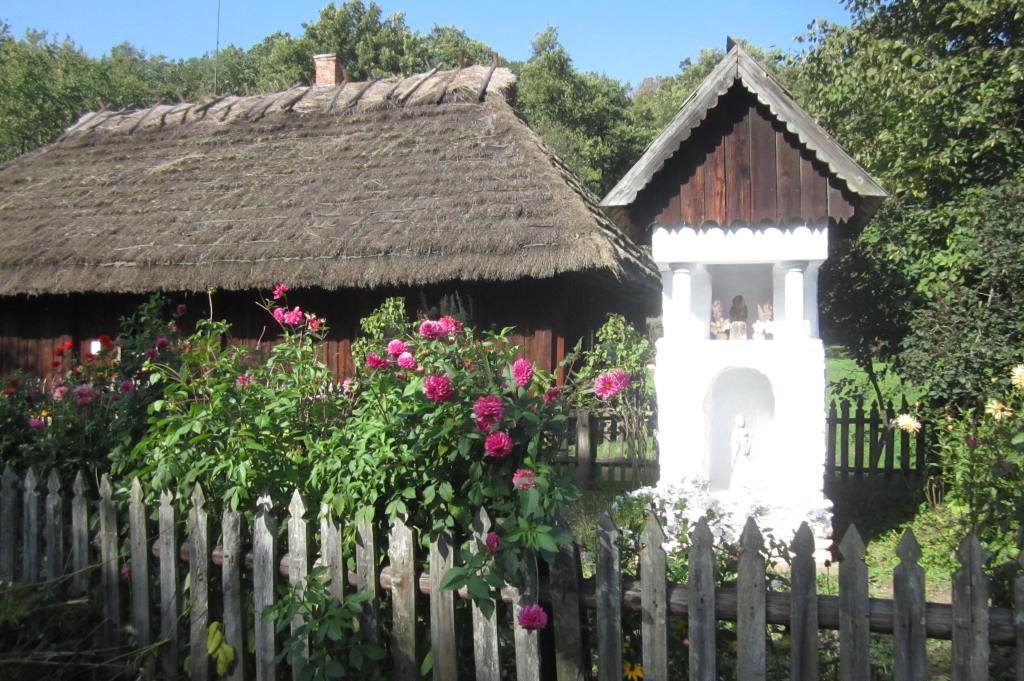

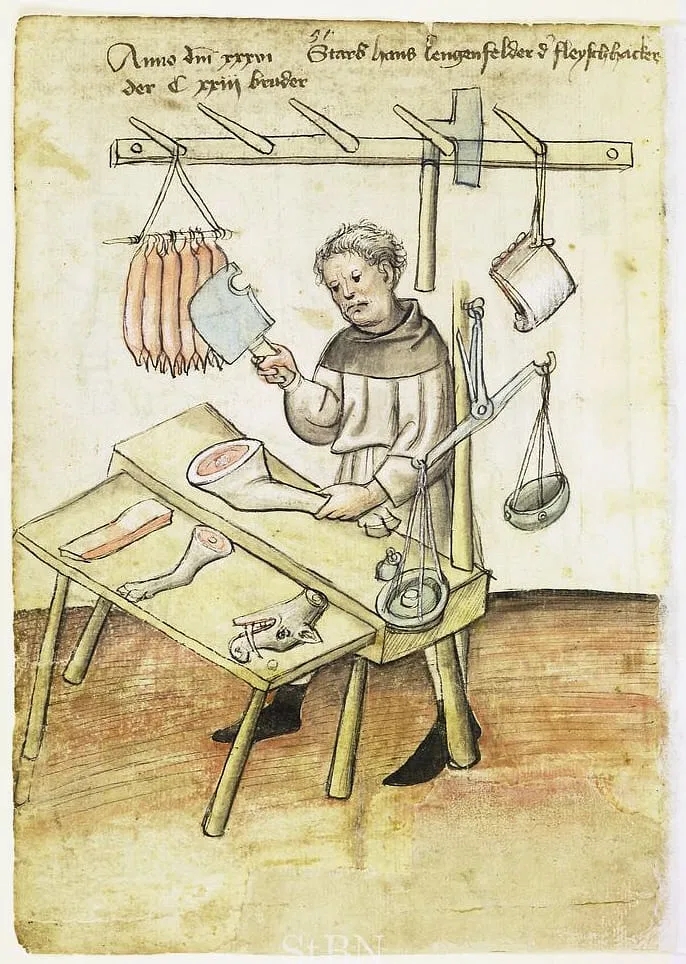





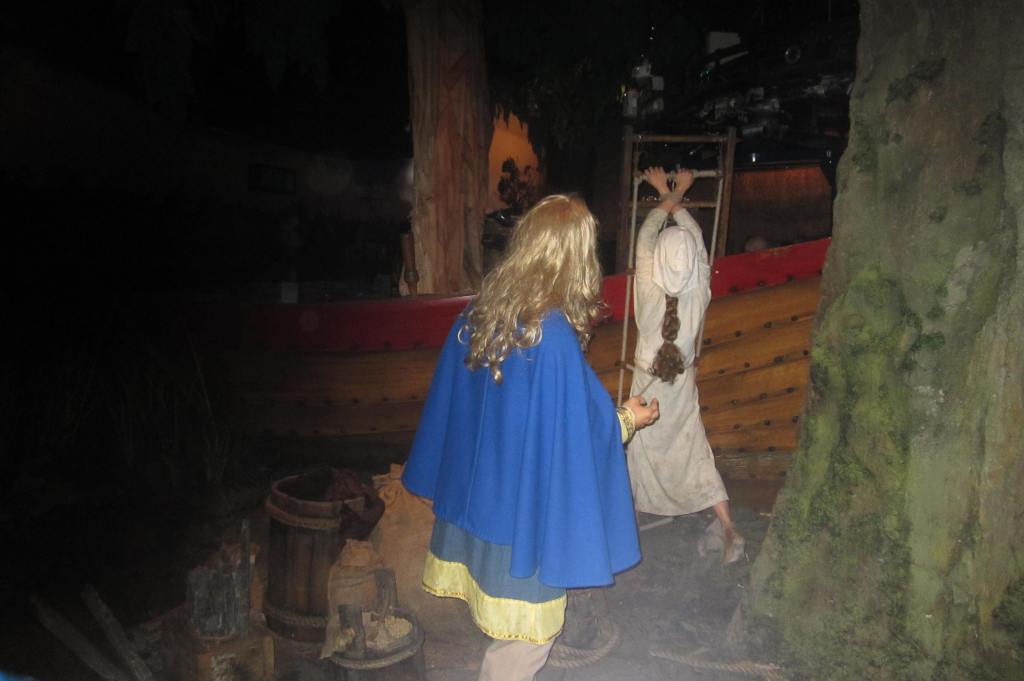






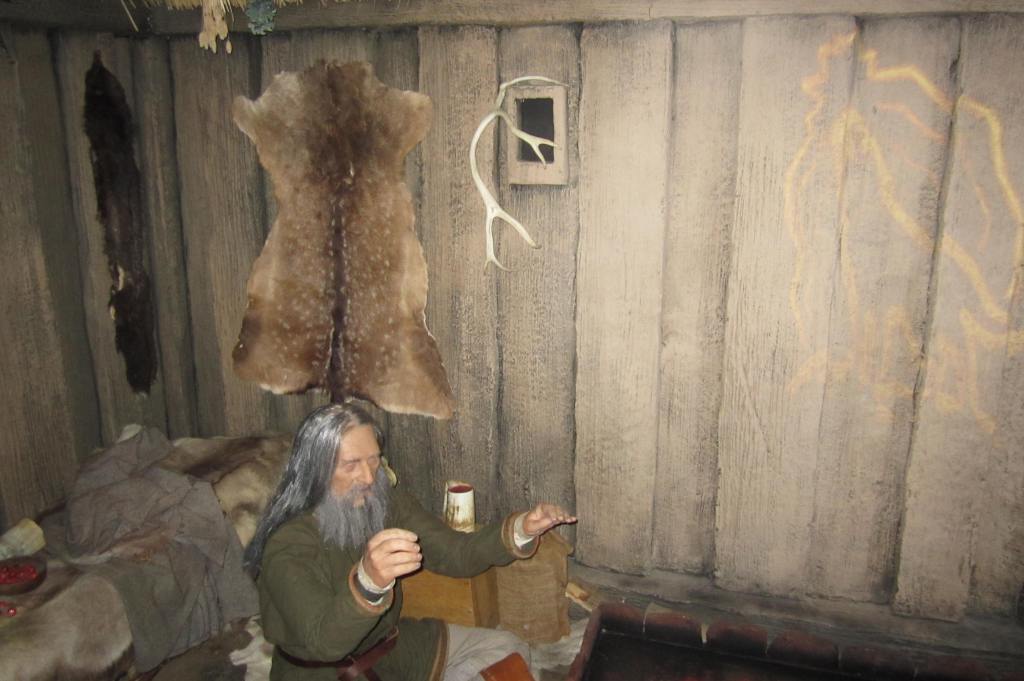




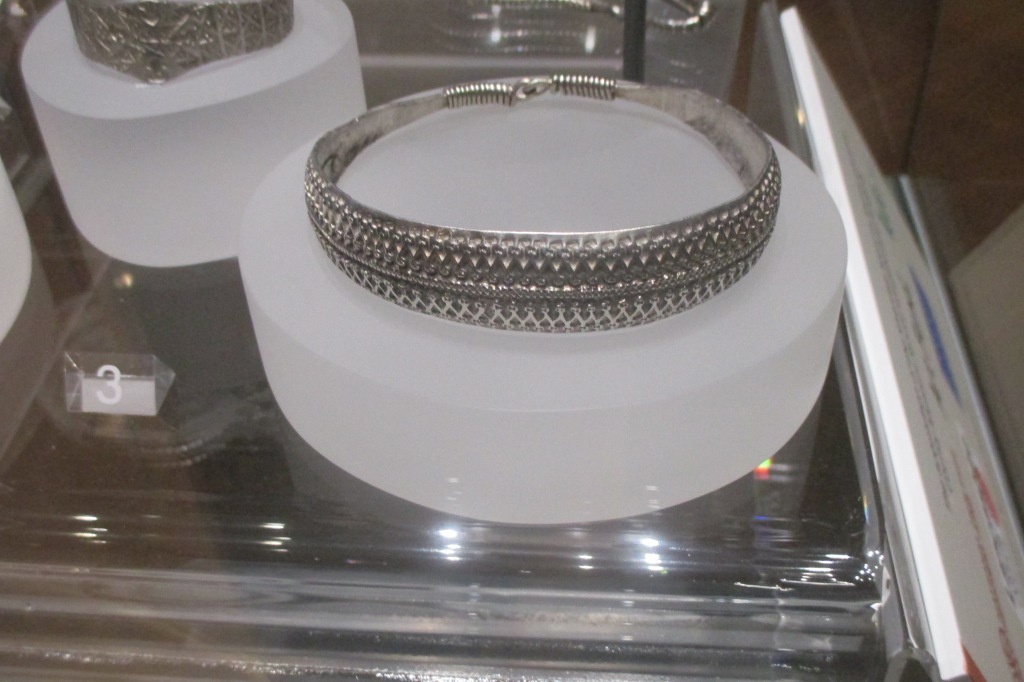

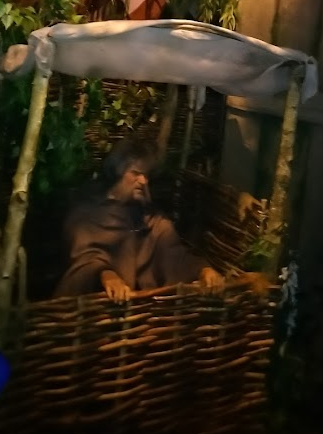

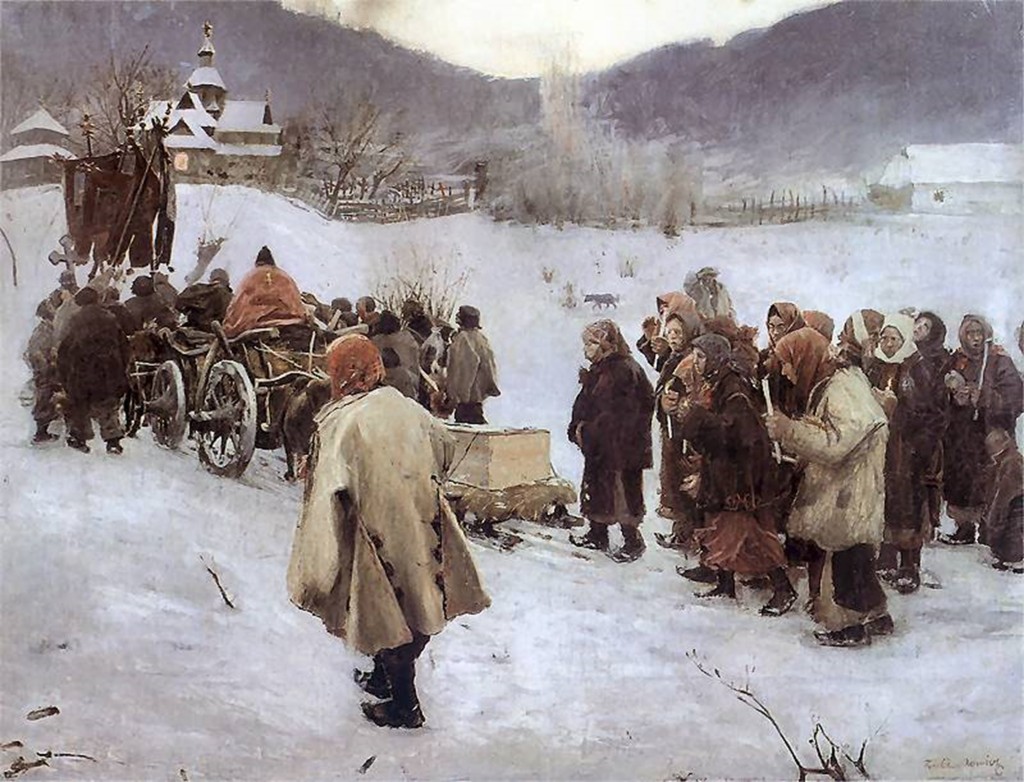
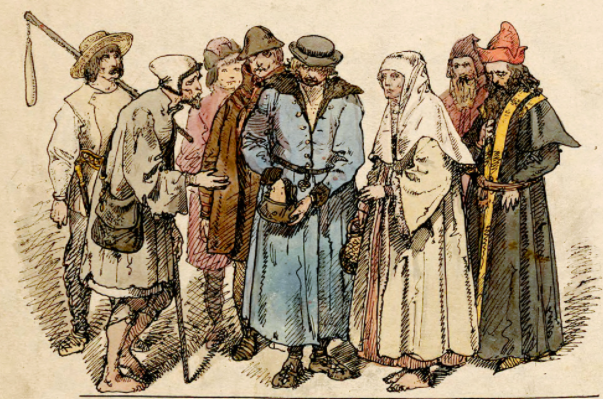
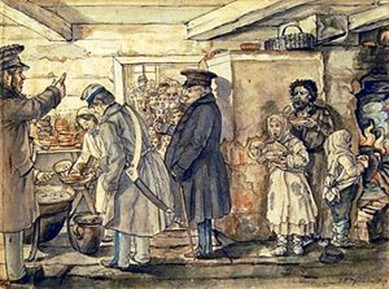
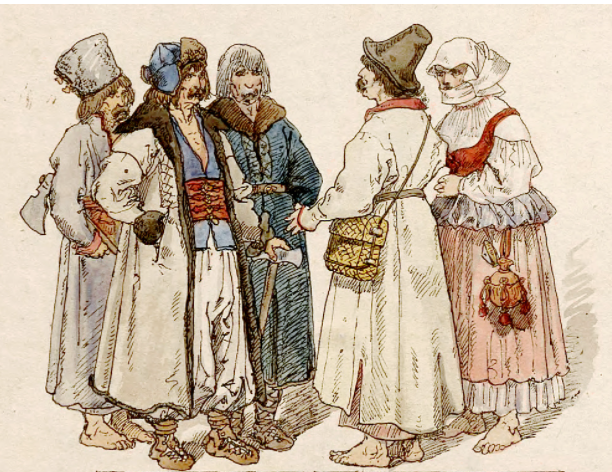



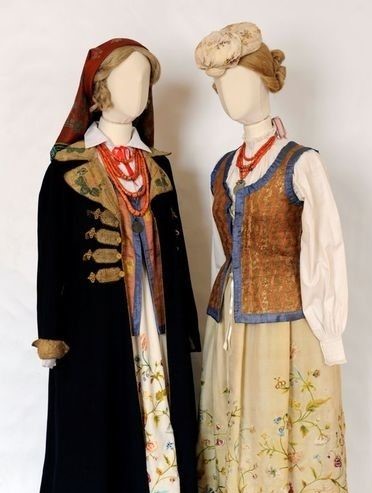





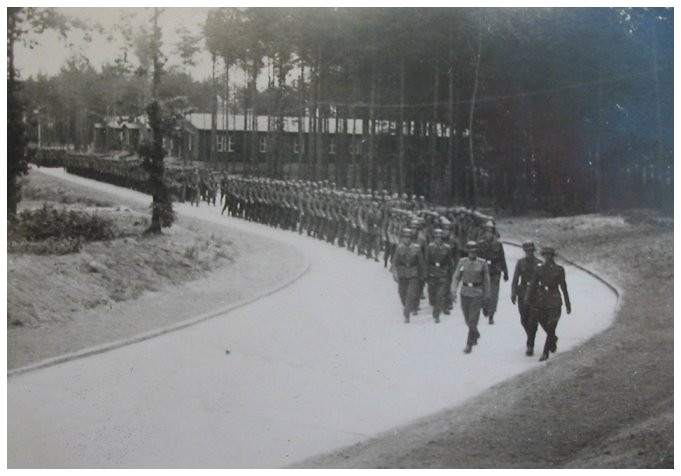




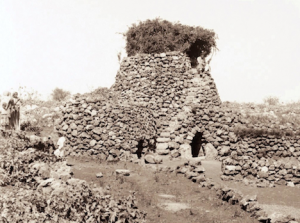




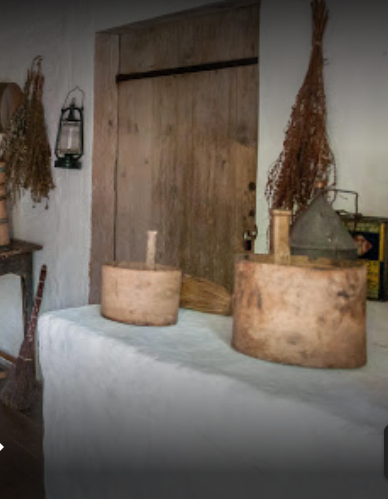













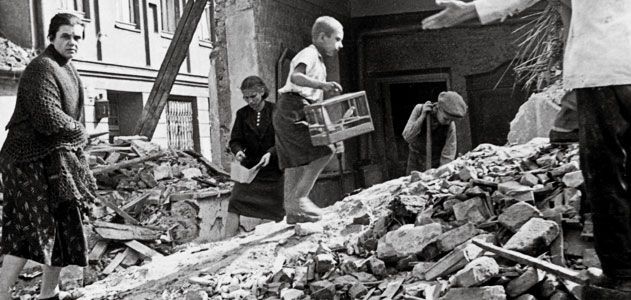





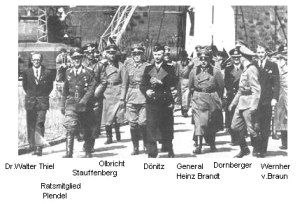






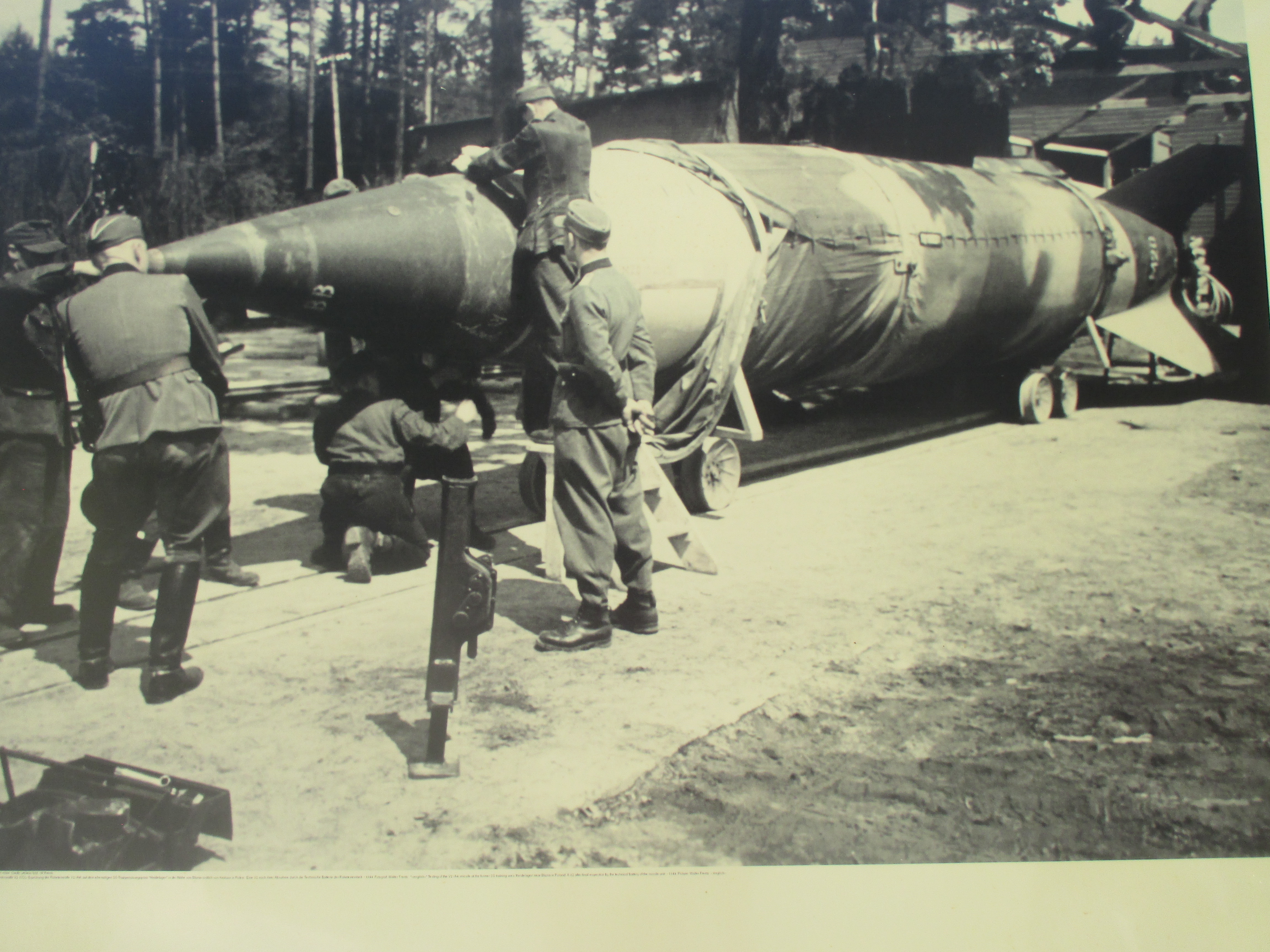





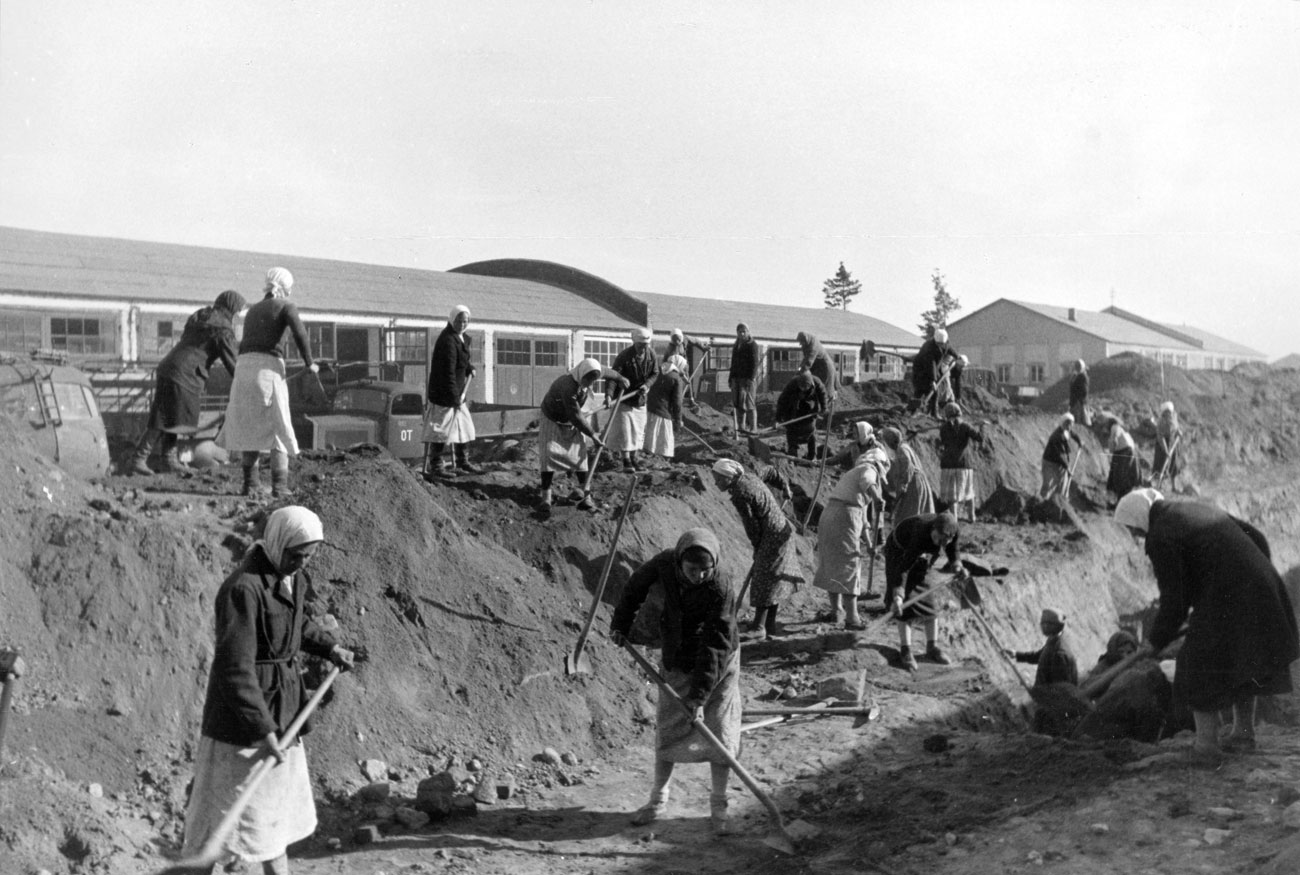


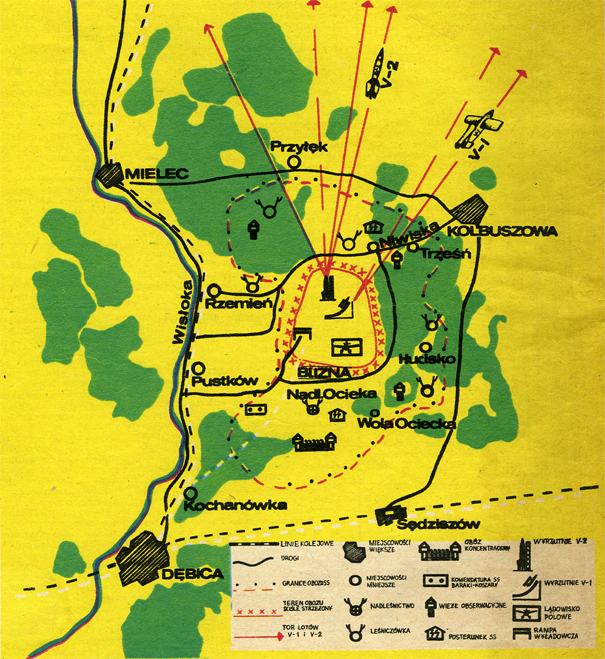




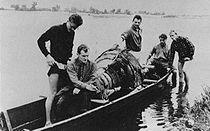














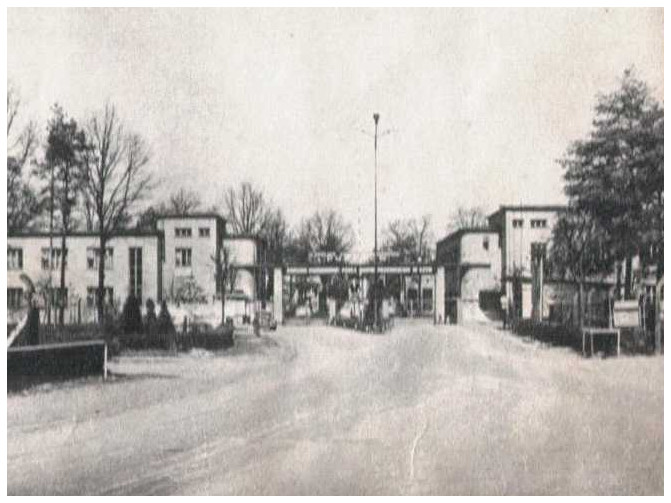























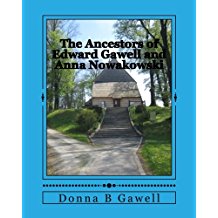













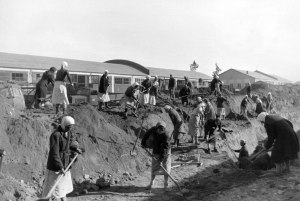



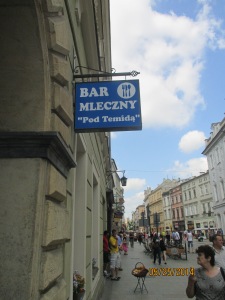

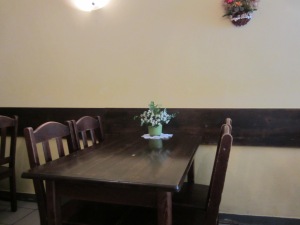









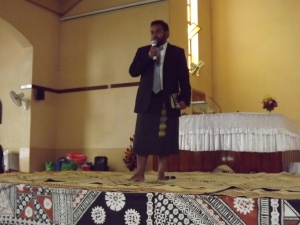

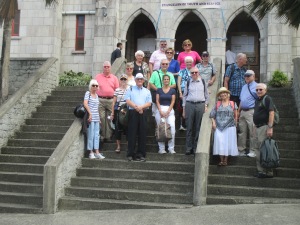
 We had a chance to meet several groups of parishioners before the service, and they were very hospitable.
We had a chance to meet several groups of parishioners before the service, and they were very hospitable.





